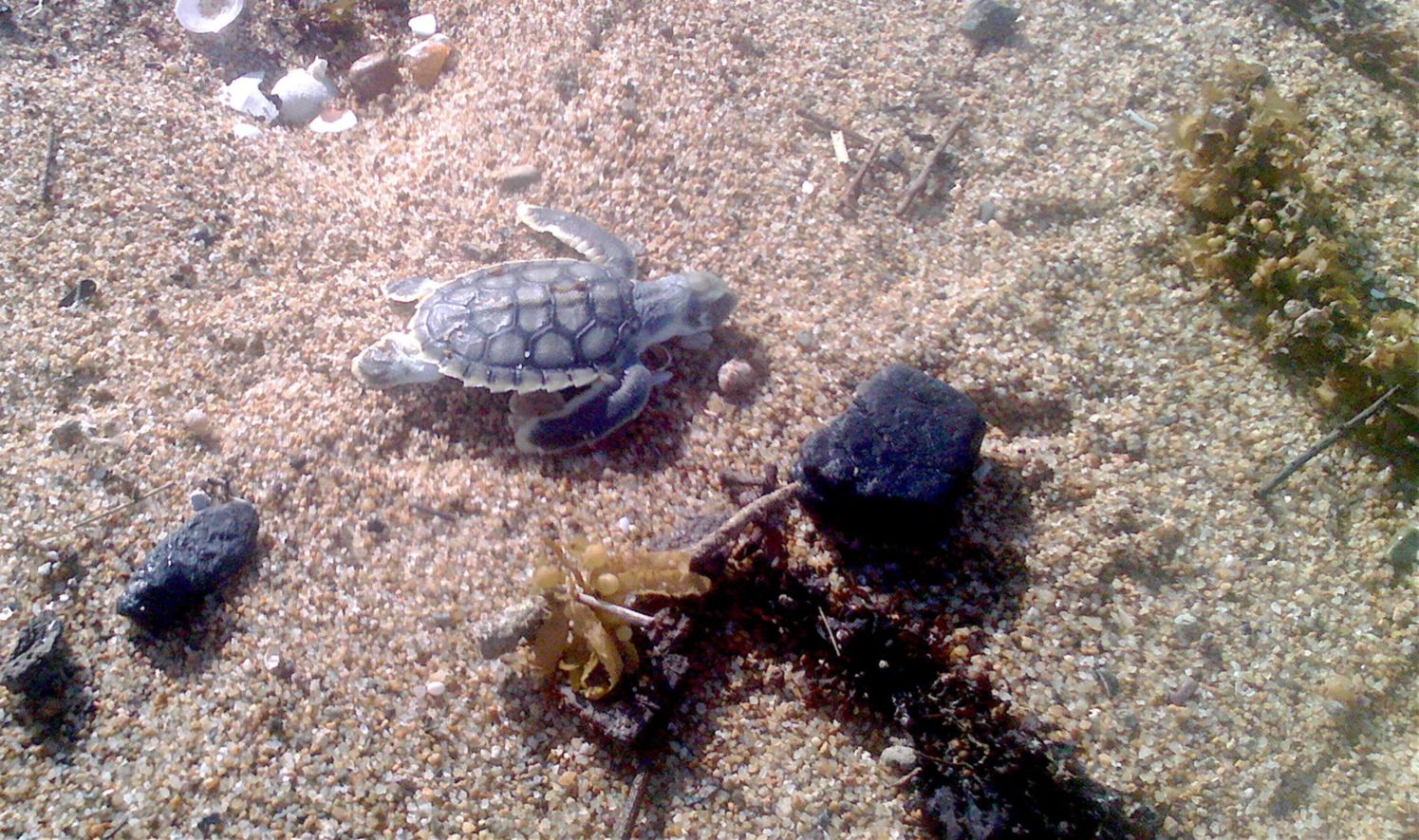The recent discovery of coal dust at the Australian Great Barrier Reef has mobilised academics and environmentalists as well. An investigation into the nearby Hay Point port has begun in connection with this discovery as the harbour supplies tens of millions of tons of coal per year to the world market.
The leak was registered at the beginning of February, and it was confirmed to be coal dust. Its presence at the Australian shores, and at one of the most critical areas of UNESCO’s world heritage, has caused great turmoil caused mainly by fast media coverage as the photograph of a young turtle next to a piece of coal flashed around the world. The picture was taken at East Point Beach in Mackay, Queensland, Australia.

Although the Minister of the Environment, Steven Miles, tried to minimise the issue, scientists and environmentalists warn that coal can kill corals and damage marine life. This is not the first time that coal dust has escaped in this area, according to the Brisbane Times, the Department of Environmental Protection has been dealing with these leaks since last year.

The Great Barrier Reef in jeopardy
 Now, the Great Barrier Reef is very closely monitored, and not only due to the leak, as it is endangered by the most significant wave of extinction ever experienced. According to the research, 67% of all corals can be declared dead. This report came from a team of scientists from the Australian Research Council’s Center for Excellence for Coral Reef Studies from James Cook’s University, Australia.
Now, the Great Barrier Reef is very closely monitored, and not only due to the leak, as it is endangered by the most significant wave of extinction ever experienced. According to the research, 67% of all corals can be declared dead. This report came from a team of scientists from the Australian Research Council’s Center for Excellence for Coral Reef Studies from James Cook’s University, Australia.
Last year, the federal government and authorities in Queensland approved several coal harbours located near the Reef. Moreover, an expansion of the Abbot Point deep-sea coal harbour that is used for the largest coal mine in the country Adani’s Carmichael was also approved. Investigations are extensive and no one knows how their results will affect the local mining.
Photo credit: Greenpeace, mining.com, wikimedia




